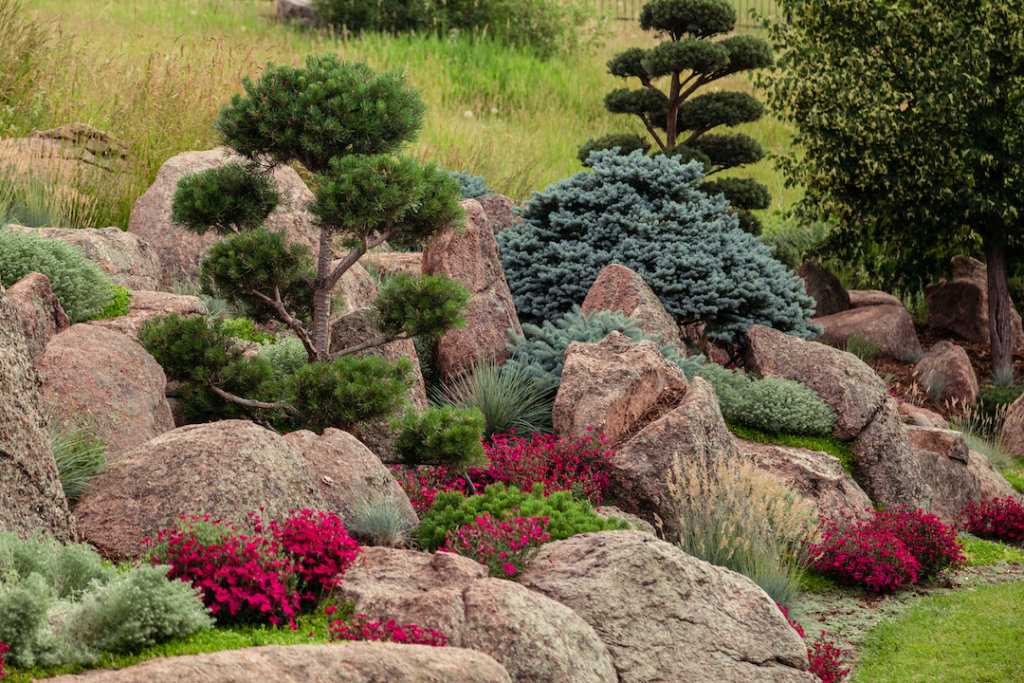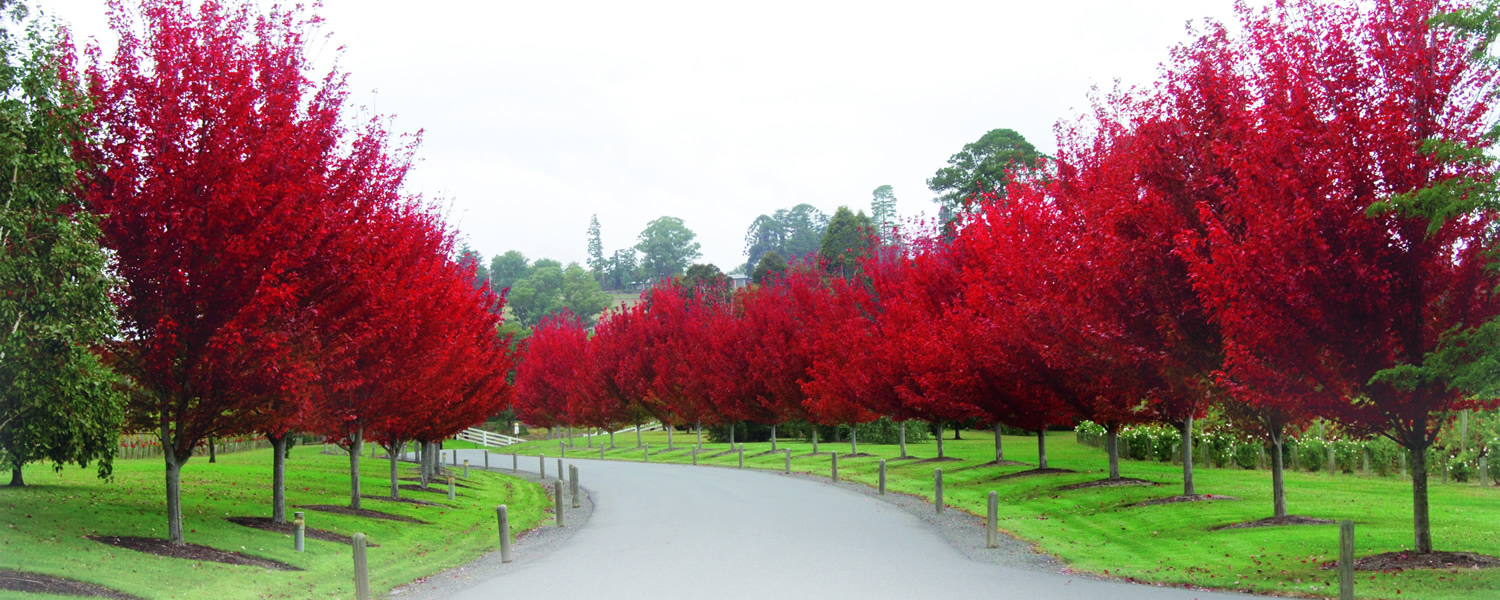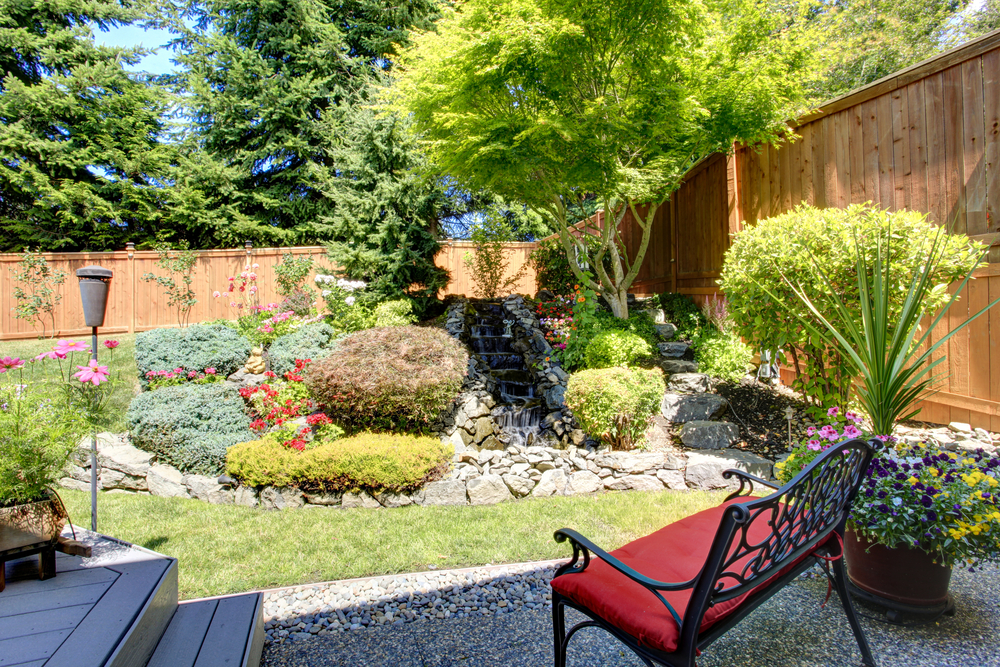When it comes to beautifying your outdoor space, few elements have as significant an impact as decorative landscape trees. These majestic plants not only add aesthetic value but also provide shade, improve air quality, and enhance the overall ecosystem. Having spent countless hours in my garden, I can vouch for the transformative power of trees. In this article, we’ll explore various decorative trees, their benefits, and how to choose the right ones for your landscape.
Understanding Decorative Landscape Trees
Decorative landscape trees, also known as ornamental trees, are specifically cultivated for their visual appeal rather than their fruit or timber. These trees can range from small flowering varieties to towering evergreens. Here’s a glimpse into why they’re a popular choice among homeowners and landscapers alike.
The Importance of Decorative Landscape Trees
- Aesthetic Appeal: Boosts the overall beauty of your property.
- Environmental Benefits: Provides shade, improves air quality, and supports local wildlife.
- Property Value: Increases the curb appeal and potentially raises property values.
- Low Maintenance: Many decorative trees require less upkeep compared to flowering plants.

Choosing the Right Decorative Trees for Your Landscape
Choosing the right decorative tree for your landscape can be a daunting task. With so many options available, it’s essential to understand your specific needs and the conditions of your outdoor space. Here are crucial factors to consider:

1. Climate and Hardiness Zone
The climate in your area plays a significant role in determining which trees will thrive. Each tree species has its own hardiness zone, so make sure to choose a tree that can survive in your local climate.
2. Space and Size
Consider how much space you have available. Some trees grow very large, while others remain small and compact. It’s essential to think about the mature size of the tree.

3. Purpose and Functionality
Are you looking for shade, privacy, or just ornamental beauty? Your purpose for planting will influence your tree selection.
4. Soil Type and pH
Different trees have varying soil requirements. Conduct a soil test to ensure the tree you choose can thrive in your garden.

Popular Types of Decorative Landscape Trees
Here’s a list of some of the most popular decorative landscape trees, along with their characteristics, pros, and cons to help you make an informed decision:

| Tree Type | Height | Sunlight Requirements | Pros | Cons |
|---|---|---|---|---|
| Cherry Blossom (Prunus serrulata) | 15-25 ft | Full Sun | Stunning spring blooms, attracts pollinators | Short bloom time, susceptible to pests |
| Japanese Maple (Acer palmatum) | 10-25 ft | Partial Shade | Beautiful foliage, compact size | Slow growth, may need protection in winter |
| Red Maple (Acer rubrum) | 40-60 ft | Full Sun to Partial Shade | Brilliant fall color, fast growth | Weak wood, prone to breaking |
| Sweetgum (Liquidambar styraciflua) | 60-75 ft | Full Sun | Unique star-shaped leaves, vibrant autumn color | Produces spiky gumballs on the ground |
| Crape Myrtle (Lagerstroemia indica) | 10-30 ft | Full Sun | Long-lasting bloom time, drought tolerant | Can be susceptible to powdery mildew |
Planting and Caring for Decorative Landscape Trees

Once you’ve selected the right tree for your landscape, it’s crucial to ensure its healthy growth through proper planting and maintenance. Here’s a comprehensive guide:
Planting Guidelines
- Timing: The best time to plant is during the fall or early spring when temperatures are mild.
- Location: Choose a location that offers adequate sunlight and space for the tree to grow.
- Soil Preparation: Test the soil pH and amend it as necessary. Most trees prefer slightly acidic to neutral soil.
- Digging the Hole: Dig a hole twice the width but only as deep as the root ball. This helps in root expansion.
- Watering: Water the tree thoroughly after planting and keep the soil moist for the first year.
Ongoing Care
- Watering: Most trees need about an inch of water per week during the growing season.
- Mulching: Apply a layer of mulch around the base to retain moisture and reduce weeds.
- Fertilizing: Use a balanced fertilizer in early spring to promote healthy growth.
- Pruning: Prune as necessary to maintain shape and remove any dead or diseased branches.
Common Pests and Diseases of Decorative Trees
Awareness of potential pests and diseases can help you take preventive measures to protect your decorative trees:
1. Aphids
Aphids can cause damage by sucking sap from the leaves. They can be controlled with insecticidal soap.
2. Scale Insects
These insects attach themselves to branches and can be difficult to detect. Regular inspection and treatment can help manage them.
3. Powdery Mildew
This fungal disease appears as a white powdery coating on leaves, particularly in humid conditions. Ensure proper air circulation to mitigate this issue.
Benefits of Decorative Trees in Urban Areas
Urban settings can greatly benefit from the inclusion of decorative landscape trees. Here are some advantages:
- Improved Air Quality: Trees absorb pollutants, making city air cleaner.
- Noise Reduction: Trees can act as buffers against noise pollution.
- Heat Mitigation: They provide shade, reducing the urban heat island effect.
- Enhanced Aesthetics: Beautiful trees improve the overall outlook of cityscapes.
Decorative Trees vs. Fruit Trees: Pros and Cons
While both decorative and fruit trees have their unique benefits, knowing their differences can help you make an informed choice. Here’s a comparative analysis:
| Aspect | Decorative Trees | Fruit Trees |
|---|---|---|
| Aesthetic Value | Primarily for beauty | Includes fruits as main feature |
| Maintenance | Generally lower | Higher due to fruit care |
| Growth Rate | Varies widely | Can vary, fruiting varieties may take longer |
| Wildlife Support | Supports pollinators and birds | Attracts various wildlife |
| Traditional Use | Enhancing landscapes | Food production |
FAQs About Decorative Landscape Trees
What are the best decorative trees for small yards?
For small yards, consider trees like Japanese Maple, Serviceberry, or Flowering Dogwood. These trees have compact growth habits and provide beautiful features without overwhelming your space.
How much sunlight do decorative trees need?
Sunlight requirements vary by species. Most decorative trees prefer at least 6 hours of full sun each day, but some thrive in partial shade as well.
Can decorative trees survive in pots?
Yes, many decorative trees can be grown in containers, especially dwarf varieties. Just ensure they have enough room to grow and are well-watered.
How do I know if my tree is healthy?
Healthy trees usually display vibrant foliage, sturdy growth, and absence of pests or diseases. Regular inspections for signs of stress, such as wilting or discoloration, are crucial.
Is it better to plant trees in spring or fall?
Both seasons have their advantages. Spring planting allows for a longer growing season, while fall planting gives trees a chance to establish roots before winter.
Conclusion
As we’ve explored, decorative landscape trees are more than just beautiful additions to our gardens; they serve practical functions that enhance our living spaces and the environment. By understanding the types of trees available and their specific needs, you can create a harmonious and visually stunning landscape that will be cherished for years to come. Remember, the right tree can transform not just your yard, but your entire home experience.
Whether you’re looking to plant your first tree or expand your existing garden, I encourage you to dive into this rewarding journey. After all, nature’s artwork is waiting to enrich your life!